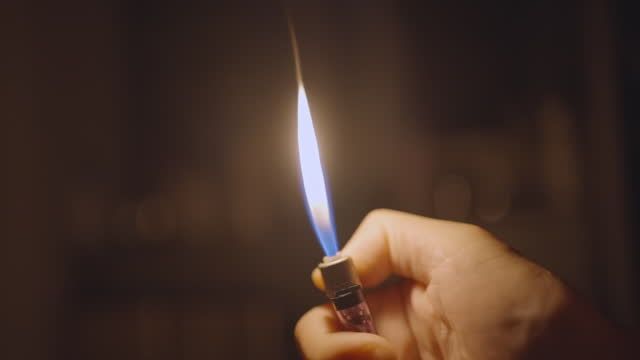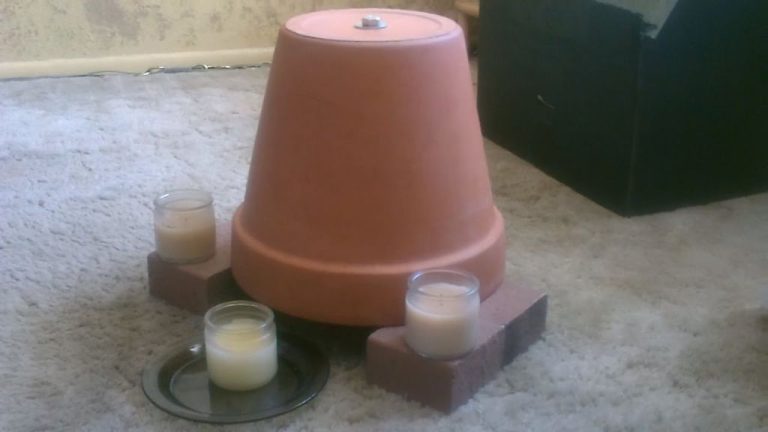Why Is My Wood Wick Candle Not Crackling?
What is a Wood Wick Candle?
Wood wick candles are made with a wick constructed from wood or compressed wood fibers, as opposed to the traditional cotton wicks used in most candles. The unique wooden wick is designed to crackle audibly while burning, mimicking the soothing sounds of a real wood fire. This signature crackling sound is created by the hard wood fibers in the wick popping as they burn.
Why Do Wood Wicks Crackle?
Wood wicks crackle due to the unique structure and composition of the wood fibers. As the wick burns, the wood fibers expand and contract repeatedly as they heat up and cool down. This rapid expansion and contraction creates small “explosions” within the fibers.
Additionally, as the wax melts and travels up the wick, it coats the wood fibers in a thin layer of wax. This wax coating forms small pockets along the wood fibers. When the fibers expand and contract, these pockets help amplify the sound, creating the iconic crackling noise.
So in summary, the natural physical properties of wood fibers, combined with the wax pocket effect, are what give wood wicks their trademark crackling sound when burned.
Reasons a Wood Wick May Not Crackle
If your wood wick candle fails to crackle when lit, there are several possible reasons why it may not be performing as expected:
Improper wick size – The wick needs to be the proper thickness relative to the width of the candle. Too thin of a wick can fail to generate enough heat to crackle. Too thick of a wick can generate excess soot. Refer to the manufacturer’s guidelines for ideal wick sizing.
Wick drowned in too much wax – If the wick is too submerged in a deep wax pool, it can prevent it from properly crackling. Trim the wick before lighting to expose at least 1⁄4 inch above wax.
Wax pooled incorrectly – The wax pool needs to be wide enough around the wick to provide adequate fuel for the flame. If it’s too narrow, the flame can become starved and struggle to burn high enough to crackle.
Wick bent or damaged – Any defects like a bent wick tip or fraying can inhibit the wick’s ability to ignite and crackle properly. Inspect the wick for damage before lighting.
Wax too soft or too hard – The wax formulation impacts the performance of the wick. Wax that is too soft or too hard for the wick type can prevent the crackling reaction.
Wick not centered properly – If the wick is off-center in the wax pool, it can tilt the flame and prevent even burning and crackling.
Checking the Wick
One of the first things to check if your wood wick candle is not crackling properly is the condition of the wick itself. Over time, black soot can build up on the wick which needs to be removed periodically for optimal performance. Gently trim the wick to remove any excess black material.
Inspect the wick to ensure it is not damaged or bent over. Wood wicks need to stand straight up in the center of the candle to crackle and burn properly. If the wick is off-center, gently bend it back to the middle of the candle. If the wick cannot stand up on its own or has any other visible damage, it likely needs to be replaced.
Checking the wick periodically and keeping it trimmed, centered, and free of excess soot can help ensure your wood wick candle burns and crackles the way it was designed to.
Wick Size Matters
One of the most common reasons a wood wick candle may not be crackling properly is an improperly sized wick. The thickness of the wick needs to be matched to the size of the candle. Larger candles and those with a wider diameter require a thicker wick. Smaller candles need a thinner wick in proportion to the amount of wax and size of the wax pool when melted.
It’s important to follow the recommendations of the candle manufacturer regarding proper wick sizing. They have tested their candles thoroughly to determine the optimal wick thickness. If the wick is too thin for the candle, it may become drowned in the melted wax pool and be unable to reach the oxygen it needs to combust and crackle properly. If the wick is too thick, it can create overly large flames and copious amounts of soot.
In general, the wick thickness should be matched to the size of the wax pool when the candle is fully melted. The wick should stand upright in the center of the pool without drooping over or being completely submerged. This allows for ideal capillary action to draw fuel up the wick while also giving the tip access to oxygen for clean, complete burning.
Importance of Wax Pooling
For a wood wick candle to crackle properly, it’s important that the melted wax pool is full and even all around the wick. If the wax pool is too small, there won’t be enough melted wax surrounding the wick for it to crackle and pop. On the other hand, if the wax pool is allowed to get too large, the wick runs the risk of becoming drowned in the excess melted wax, preventing it from cracking.
To achieve the right sized wax pool, make sure you are trimming the wick to the proper length before each burn. The flame should be large enough to melt the wax evenly all around the wick, but not so large that it melts away more wax than necessary. You may need to pour out excess melted wax to reduce an oversized pool if it develops. Proper wick trimming and monitoring the melt pool will help ensure your wood wick crackles consistently throughout each burn.
Wax Type and Quality
The type and quality of wax used in your wood wick candle can impact its ability to crackle properly. Softer waxes like soy, vegetable, or paraffin allow for more expansion when heated, encouraging the wood wick to flex and crackle. Harder waxes like palm and beeswax restrict this expansion.
Synthetic waxes like paraffin also tend to burn hotter than natural waxes like soy or beeswax. The higher burn temperature of synthetic waxes makes it easier for them to pool and fully liquify around the wick, enabling more wood wick movement.
Conversely, natural waxes like soy and beeswax burn cooler, so the wax may not completely liquefy around the wick. This can restrict wood wick flexibility and crackling.
Check your candle’s packaging or ingredients list to determine what type of wax is used. If it contains a natural wax, the cooler burn properties may result in less crackling action.
Proper Burning Technique
To ensure your wood wick candle crackles properly, it’s important to follow the right burning techniques. One of the most important tips is to burn the candle for at least 1-2 hours before blowing it out. Wood wicks need sufficient time to heat up and reach the temperature where the wood fibers will crackle and pop. If you extinguish the flame too soon, the wick won’t have a chance to reach optimum crackling temperature.
You should also trim the wick to 1/4 inch before lighting to avoid any excess ash buildup that can prevent crackling. Using a wick trimmer, carefully trim off any blackened portions of the wick so that only a tidy 1/4 inch wick remains. This helps the candle burn cleaner and more evenly, creating the ideal conditions for wood wick crackling.
With the right pre-lighting wick prep and allowing the candle to burn for a minimum of 1-2 hours before extinguishing, you can better troubleshoot why your wood wick may not be crackling properly. Proper burning techniques are key to experiencing the signature crackle of wood wicks.
Troubleshooting Tips
There are a few troubleshooting techniques you can try if your wood wick candle is failing to crackle properly:
- Check that the melted wax pool is the appropriate size and shape – Generally, the melt pool should be a complete liquid circle around the wick. If the pool is too small or uneven, the wick may not be heating properly.
- Make sure the wick is centered in the wax pool – Wicks that are off-center can lead to uneven burning and insufficient heat to make the wood crackle.
- Replace the wick if it is frayed, bent, or otherwise damaged – Damaged wicks are unable to draw up wax effectively, preventing crackling. Insert a new wick carefully according to the manufacturer’s directions.
- Use the proper wick size – Wicks that are too small for the candle diameter will not get hot enough. Conversely, oversized wicks can get too hot and lead to soot. Consult the candle specs to determine ideal wick size.
Taking these troubleshooting steps may help generate the satisfying crackling sounds from your wood wick candle.
When to Get a New Candle
If your wood wick candle still refuses to crackle properly after trying all the troubleshooting tips, it may be time to get a new candle. Here are some signs that your candle is too far gone and needs replacing:
- The wick is excessively bent or damaged. If the wick has become flattened, curled, or frayed beyond repair, a new wick likely won’t help. The wick needs to stand upright to crackle properly.
- The wax has become discolored or a wax pool won’t form correctly around the wick. This indicates the wax quality has degraded or there are contamination issues. Fresh wax is needed for a strong wax pool and clean burn.
- The candle fails to light, the wick keeps drowning, or the candle struggles to stay lit. These issues point to more serious problems beyond just the crackling.
When a candle can no longer burn or crackle properly after troubleshooting, it’s a sign to retire it and start fresh with a new wood wick candle. Look for quality candles with sturdy, upright wicks to get that satisfying fireplace-like crackling sound.



